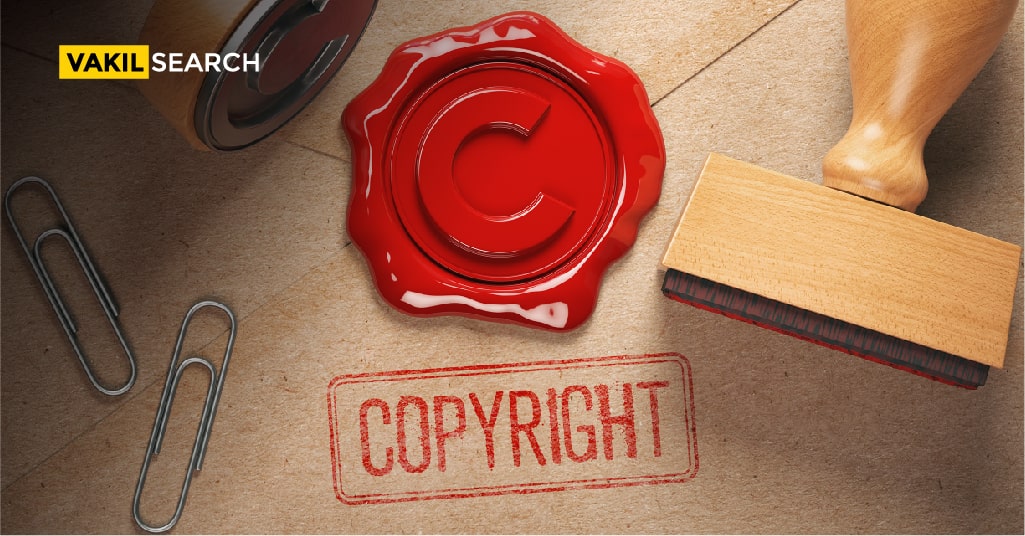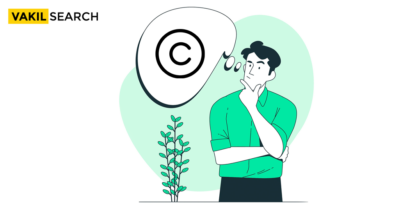Copyright is a legal right that is granted to the creator of any original work. It can be obtained for cinematograph films, sound recordings, literary, dramatic, musical, and other artistic works such as paintings, novels, books, songs, musical pieces, poems, etc.
All you need to know about the Essentials of copyright in India
| The Global Innovation Policy Centre (GIPC) of the US Chambers of Commerce released the International Intellectual Property Index for 2020 in February. India has been ranked 40 in this index. |
Copyright prohibits unauthorized exploitation of the original work, through reproduction, public communication, translation, and all other types of adaptation. The Indian Copyright Act, 1957 governs the copyright system in India, with the purpose of safeguarding the originality of every writer, musician, poet, lyricist, painter, sculptor, and so on.
Classes of Work for Which Copyright Protection is Available in India
Copyright can be registered for a particular work under the following classes:
1. Copyright Literary work: A literary work is one that tries to provide information or instruction through writing, printing, or some sort of notation and symbols.
Examples: Textbooks, magazines, poems, catalogues, songs lyrics, novels, computer programmes or codes, tables, and compilations including computer databases, etc.
2. Dramatic work: According to Section 2(h), Copyrights Act, 1957, dramatic work is defined as, “ any piece for recitation, choreographic work or entertainment in dumb show, the scenic arrangement or acting, form of which is fixed in writing or otherwise but does not include a cinematograph film.” Choreography and scenic arrangements in this context refer to the design and arrangement of a stage dance in symbolic language.
Examples: Plays, choreographic shows, mimes, etc.
3. Artistic work: Artistic work includes paintings, sculptures, drawings ( charts, maps, diagrams and plans), engravings, photographs, architecture (any building or structure that has artistic work) and other works of craftsmanship. (Artistic Work Copyright India)
4. Musical work: A work that consists solely of music and graphical notations, without including words or actions, is eligible for copyright protection. The author of a musical composition is referred to as a “composer.” (Copyright for Music in India)
Example: The music of a particular song can be protected under this class, whereas the lyrics of the song fall under “literary” work.
5. Cinematograph films: A cinematograph is a visual recording accompanied by a sound recording produced in any medium, by any method. Even recorded work with moving visuals and images is considered. (Copyright for Cinematograph Films)
Example: Video films
6. Sound recordings: As per the Copyright Act, a sound recording is defined as any recorded audio regardless of the medium it is produced. (Performance Rights in Copyright Law)
Example: A phonogram or CD ROM
Who Can Be the Owners of a Copyright?
Usually, the author of a work is the initial owner of the copyright. Based on the work registered, the owner of copyright could be a composer, (musical work), producer (cinematograph film and sound recording), or photographer (photograph). In the case of literary, dramatic, or artistic work produced by an author during the course of their employment, the employer reserves the right to be the first owner. However, if there are agreements and contracts to the contrary this may not be applicable.
Copyright holders have the prerogative to assign their copyright to anyone, partially or entirely, subject to certain constraints. These rights can be transferred in writing or alternatively by appointing an agent, who must define the time and the amount of royalty payable to the author or his legal heirs if any. Additionally, through mutually agreed-upon terms, the assignment can be amended, prolonged, or cancelled. If no time period is mentioned in the contract, it is assumed to be valid for five years from the date of the assignment and is enforceable across India.
Rights Offered to Copyright Holders
The following are the rights conferred on the ‘owner’ or ‘author’ of a work:
- Right to reproduce the work
- Right to issue copies of the work and communicate the same to the public and the right to perform the work in public
- Moreover, the right to make cinematograph film or sound recording of the work
- Right to translate
- Right to make any adaptation of the work
- In the case of computer programmes, the author has the right to sell or rent the work, even if he had already rented or given it for sale earlier.
What Does ‘Adaptation’ Mean?
Adaptation is the practice of producing new work from previously made work. Under the Copyright Act, adaptations are defined as:
- Converting a dramatic work into a non-dramatic work
- Converting a literary or artistic work into a dramatic work
- Re-arrangement of a literary or dramatic work
- Depiction in a comic form or through pictures of a literary or dramatic work
- Transcription of a musical work or any act involving rearrangement or alteration of existing work.
Term of Copyright Protection
As a general rule, copyright once registered is valid for 60 years. For original literary, dramatic, musical and artistic works, the time period of 60 years is counted from the year following the death of the author. Whereas for cinematograph films, photographs, and sound recordings, government works and works of international organizations, it is counted from the date of publication.
Guidelines for Copyright Registration
Generally, essentials of copyright comes into existence once the work is created and no mandatory registration is required. Obtaining a copyright registration certificate, on the other hand, will assist the owner in asserting ownership of the original work in a court of law if it is exploited or pirated.
According to the Copyright Registration Online Rules, some of the essentials of copyright guidelines are:
- Application for registration of copyright has to be made on Form IV
- Separate applications are to be filed for registration of each work
- Moreover, each application must be accompanied by the requisite fee as prescribed by the Government of India.
- The application has to be signed by the applicant
- Both published and unpublished work (also called manuscripts) can be registered. Essentials of Copyright can also be sought for work published before 21st January 1958, i.e., before the Copyright Act, 1957 came into force, provided it still enjoys copyright
- Likewise, three copies of the published work must be sent along with the application. If it is an unpublished work, a copy of the manuscript should be sent along with the application
- Further, if two copies are sent, one will be duly stamped by the Copyright Officer. And returned to the copyright applicant and the other will be kept confidential at the Office for reference
- While sending manuscripts, the applicant can choose to send only extracts from the work. The applicant can also ask the Officer to return the extracts after it has been stamped
- If an unpublished work is registered and later published, an application may be filed for changes.
Common Copyright Infringements
The following are some examples of common copyright offences that can result in criminal charges:
- Making infringed copies of original work and letting them out for rent or sale
- Distributing infringed copies of copyrighted works for money
- Public display of infringed copies
- Import of infringed copies
Hope, the above information gave you the essentials of copyright in India. If you wish to protect your original work from such infringements get in touch with our experts right away and get your copyright registered!










